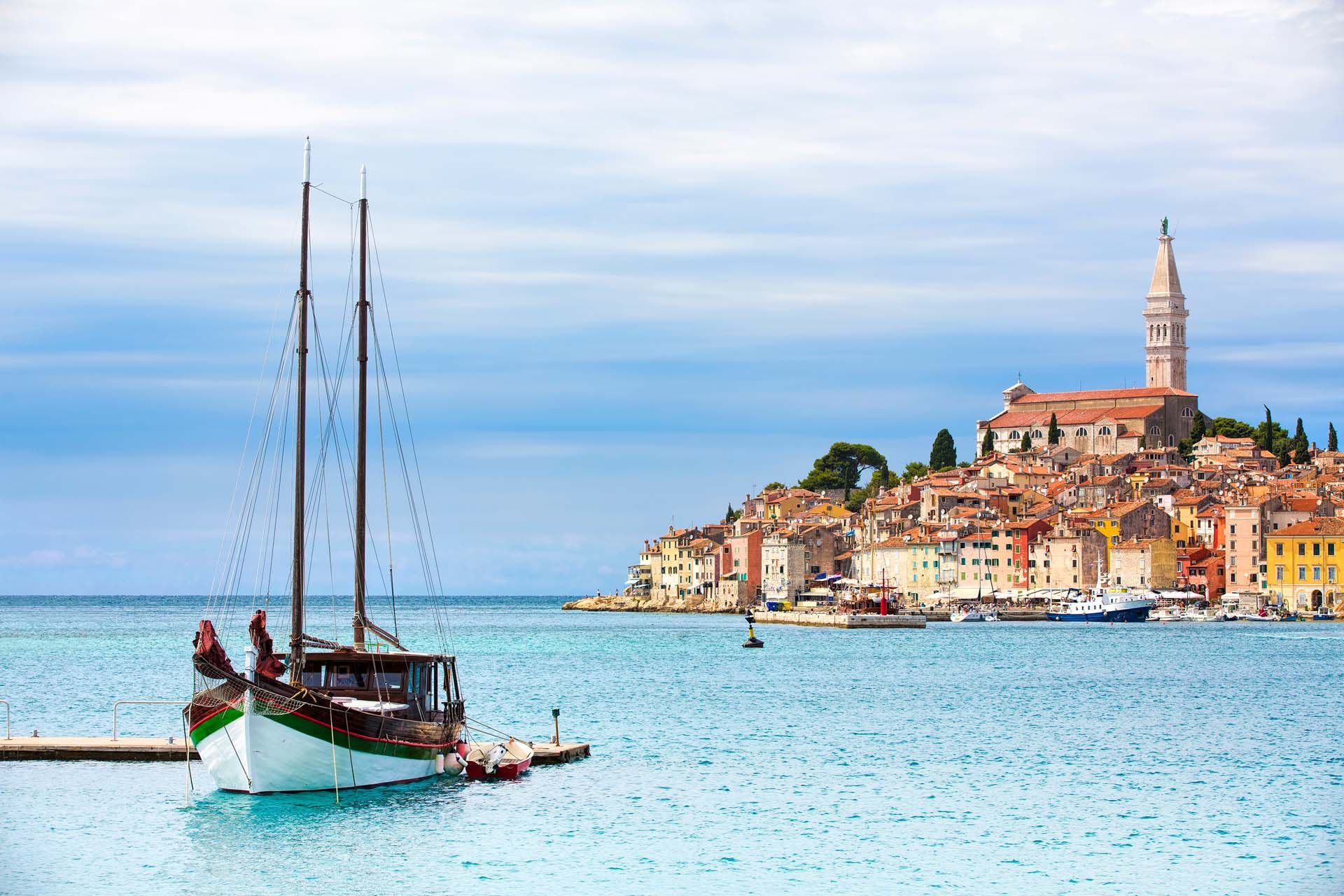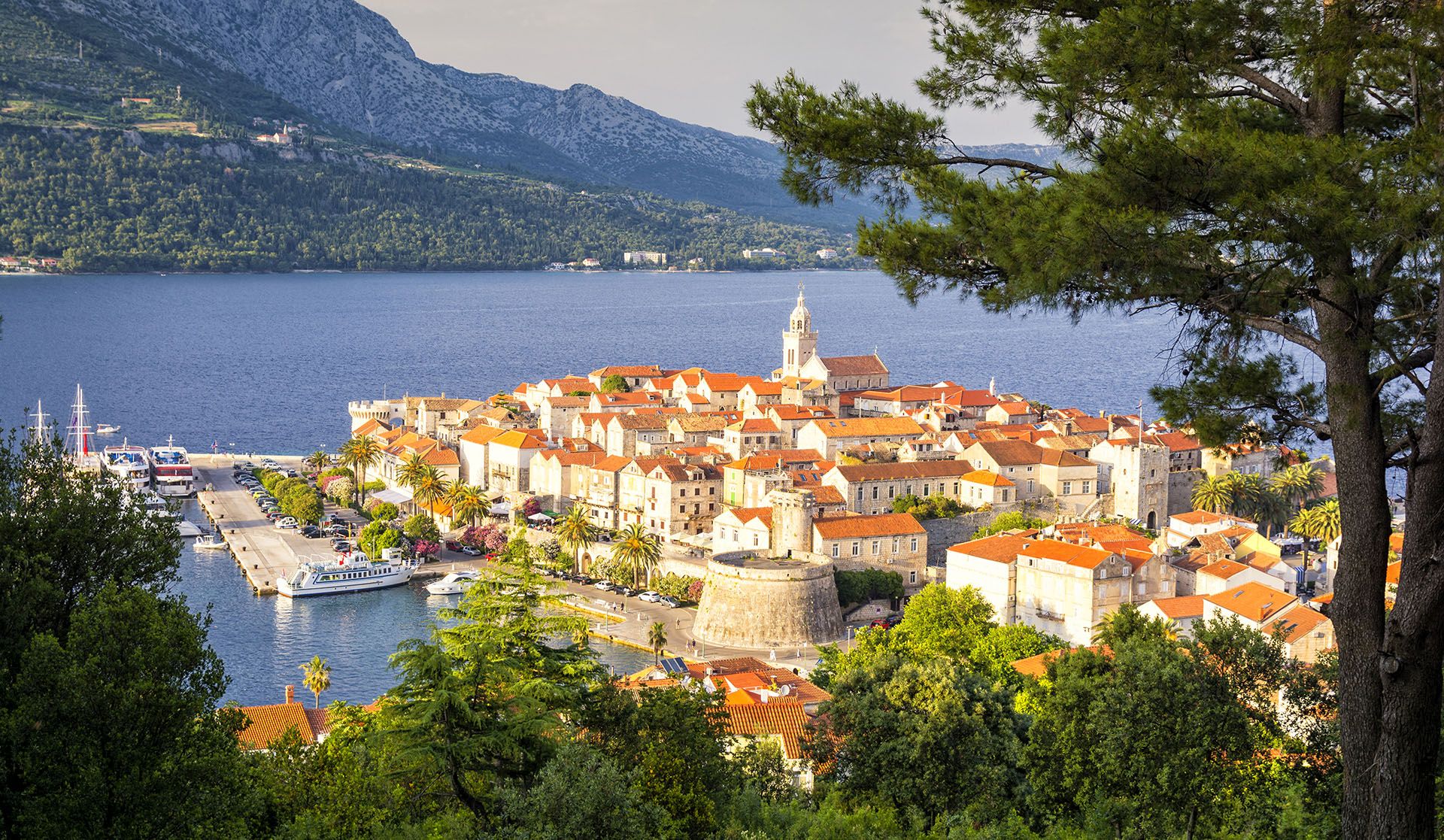What are the best honeymoon destinations in Croatia?
The best honeymoon destinations in Croatia offer more than coastal views and island sunsets. This is a country where romance meets variety. You can lose track of time in a quiet fishing village, explore ancient cities by the sea, or spend entire afternoons in a vineyard with no plans beyond your next glass of wine.
Along the coast, Dubrovnik, Rovinj, and Zadar stand out among the best places to visit in Croatia. Each one has its own charm, with historic streets, open-air cafés, and views that are hard to beat. The islands bring a slower rhythm. Hvar is lively, Korčula is laid-back, and Lošinj is made for couples who want peace and privacy.
Inland, Istria is a different kind of romantic. You’ll find rolling hills, stone villages, and a food scene built on local truffles and wine. For nature lovers, national parks like Plitvice Lakes or Mljet offer space to explore and unwind.
When planning a Croatia itinerary, focus on places you can stay and soak in, not just pass through. With so many unique regions and meaningful things to do in Croatia, this is one honeymoon you won’t need a second version of.
1. Dubrovnik
Few cities do romance like Dubrovnik. Walled in ancient stone and set against the Adriatic, it’s all dramatic cliffs, marble streets, and postcard-perfect views. Yes, it’s popular, but there's a reason everyone wants a piece of it.
Start early, before the cruise ship crowds pour in. Walk the city walls, dip into the backstreets, and find a quiet café for breakfast. There’s no shortage of things to do in Dubrovnik, from kayaking beneath the walls to ferrying out to nearby Lokrum or Šipan for a lazy afternoon by the sea.
The old town is compact, but where you stay matters. The best areas to stay in Dubrovnik include the historic center for charm, Ploče for sea views and boutique hotels, and Lapad if you want space, beaches, and a break from the buzz.
How to get to Dubrovnik
Dubrovnik Airport is about 30 minutes from the old town by taxi or airport shuttle. You can also reach Dubrovnik by ferry from nearby islands like Korčula or Mljet. Overland travel from the north requires passing through a short stretch of Bosnia, but the drive is scenic and straightforward.
When to visit Dubrovnik
Skip July and August if you can. May, early June, September, and early October offer warm weather and far fewer crowds. Winter brings peace and moody charm, but expect reduced ferry services and limited nightlife.














